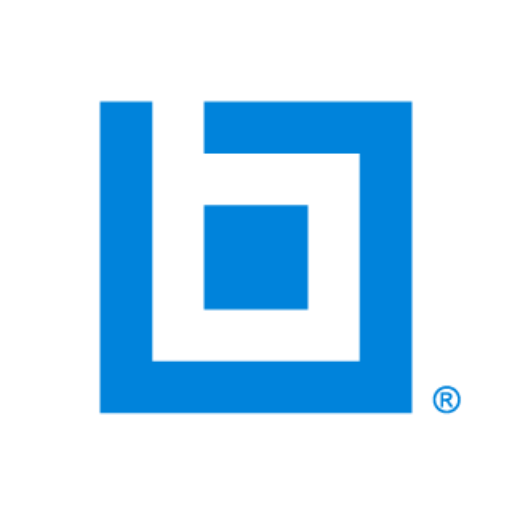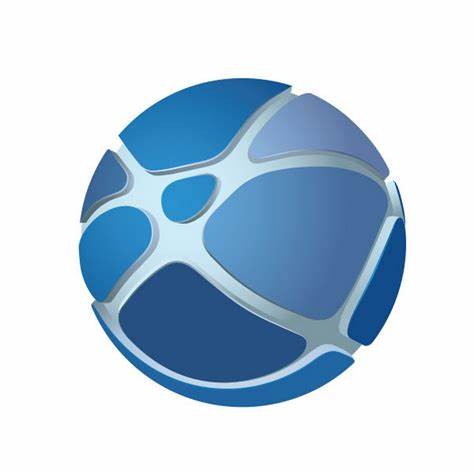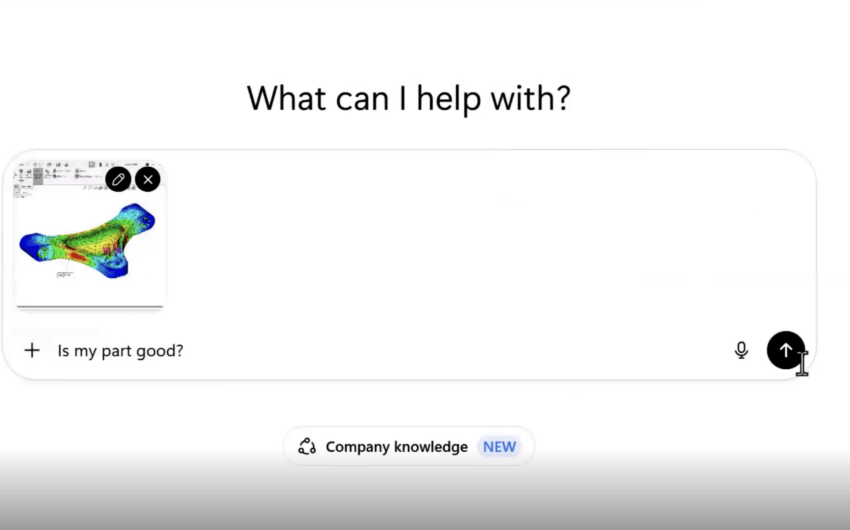GD&T training courses
Geometric Dimensioning and Tolerancing (GD&T) is a set of rules, symbols, and tools allowing you to control the critical features of a design and ensure its proper function. GD&T is used at every stage of the engineering process, including the design, production, fabrication, and measurement inspection departments. The symbols and rules of GD&T ensure these departments are on the same page and have a universal understanding of the design intent. This guarantees that tight control of the part is maintained from design to finished product, the part meets requirements for proper look and function, and that manufacturing costs do not increase. You’ll reduce costly errors and prevent manufacturing out of spec parts. Designs controlled by GD&T save you time and money by reducing the number of parts sent back for not meeting standards.
There are a lot of symbols and rules in GD&T that are only used in rare cases. Instead of presenting you with every detail, you will start by learning the fundamentals needed to start immediately applying GD&T in the real world. You’ll learn the most common rules, symbols, and terms that you will use in 80% of the situations you encounter. This information is presented alongside a downloadable wall chart that can easily be used to reference symbols and terms in the future.
Our three sequential courses give you a practical understanding of GD&T applications. Learn to communicate your design intent and its limitations clearly with GD&T symbols and terms. You’ll understand the fundamental symbols of GD&T and which symbols to avoid, making it easy to focus on practical applications.
Develop a background in GD&T
Get an overview of the meaning of GD&T and all the rules and elements that help verify your drawings and designs meet the standards provided by ISO and ASME with this GD&T Essentials and Fundamental Skills course. You’ll have a headstart on the design process, saving on both budget and time, by having a basic background of GD&T, its terminology and the importance of Rule #1. One of the most important rules and tools used in GD&T include the Envelope Principle. Another crucial concept, known as MMC and LMC, indicate how to control your geometric tolerances using the size condition. Other tools discussed include datums, theoretical reference planes, axes or points controlling orientation, profile, location and runout of geometric features, as well as the feature control frames (FCF), the primary method to communicate GD&T on an engineering drawing.
Guarantee drawings and designs meet standards
Understand all the elements and symbols used by ISO and ASME to indicate that your drawings and designs meet their standards with our Form and Orientation Controls course. Quickly assess if your engineering drawings and designs meet basic standards with an understanding of what GD&T symbols represent. After further analysis, designs and drawings can be dimensioned and manufactured, knowing that they will function properly. Some examples include straightness, flatness, circularity and cylindricity, parallelism, perpendicularity, and angularity.
Applications of common GD&T symbols
Control the form and orientation of your design by learning common GD&T symbols. You’ll learn how the profile, concentricity, and runout symbols are used in real-world applications and how to avoid incorrect use. Control the outline of a part feature and the surface elements with profile tolerances. Assure the functionality and stability of assembly and part designs by applying profile, location, and runout tolerances. Location tolerances, which include position, concentricity, and symmetry, as well as runout tolerances, including runout and total runout are also discussed.
By the end of these three courses, you’ll understand the essentials of GD&T and be able to apply it in 80% of the situations you encounter. Earn SolidProfessor Technical Certificates by completing all of the lessons in a course and scoring an 80% or higher on the course review test.
























